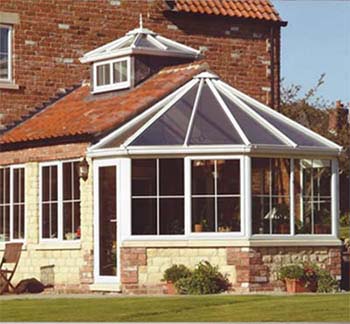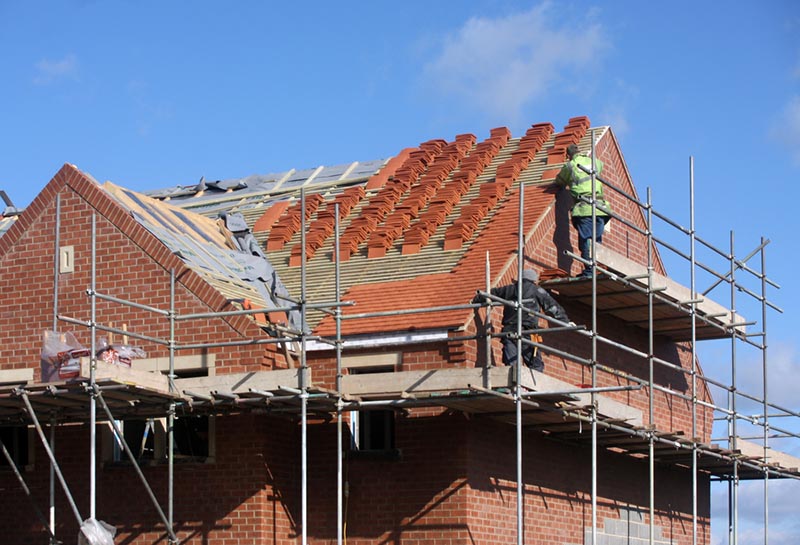Approved Trader
Tiling a Wall - Find Local Tilers in Cannock
Wall tiles are an ideal covering not only in the bathroom or kitchen but for the rest of your home. They are easy to maintain and can represent stylish eye-catching features all over the house, If you are considering tiling your wall yourself there are some rules to consider
Air Conditioning
Services
We are here when you need us to service both your residential and comercial properties.
Find a local trader and receive competitive FREE quotes? Whether you're looking for double glazing, to build a conservatory or in need of a builder to construct a home extension, we can help you find approved traders from your local area
Apply First above the horizontal line of glue. From the second row in each case first the left and right put a wall tile and tile orientation corners and attach a guideline.
For aesthetic reasons, it may depending on space also be useful to take other prominent landmarks such as the top edge of the bathtub , shower trays, etc. as a baseline.
Now comb through the applied adhesive with the notched side of the trowel. The teeth must be the tile size and the ground meet. Apply only as much adhesive as can be processed in 30 minutes. Corner and connection joints for later permanently elastic sealing omit.
After the first tile, insert the last tile in the row. Now tiler left outside corners and attach far right - it is the taut rubber cord attached (as a guide).
How to get the best results: When installing each tile always in the corner (seamlessly) in place, press tile short and now a few millimeters down" push in to final position.
Continuously monitor the exact course with spirit level and aluminum rail (straight edge). Tile spacers provide always equally wide distances - remove the crosses after about 60 minutes.
If tiled around outside corners or has a visible edge to be completed clean, one edge strip profile comes into play: the bar is pressed just before placing the last tile into the adhesive.
If the adhesive increased noticeably (after about 60 minutes), tile, corner and connection joints are removed by scraping with a wooden disturbing adhesive residues. After 24 hours, can be grouted.

Find a local trader and receive competitive FREE quotes?
Wall tiles are an ideal covering not only in the bathroom or kitchen but for the rest of your home. They are easy to maintain and can represent stylish eye-catching features all over the house, If you are considering tiling your wall yourself there are some rules to consider when carrying out wall tiling.
We show you the step by step guide to tiling your wall.
Step 1: split wall surface
Draw a horizontal line at 1 m height. All standard construction dimensions are matched to the so-called "meter level." This ensures a balanced tile layout. Set to this rule mark the distribution of wall tiles and mark the edges. At this point, make a solder and a vertical line holes.Apply First above the horizontal line of glue. From the second row in each case first the left and right put a wall tile and tile orientation corners and attach a guideline.
For aesthetic reasons, it may depending on space also be useful to take other prominent landmarks such as the top edge of the bathtub , shower trays, etc. as a baseline.
Step 2: Prime the wall for tiling
Check that the surface must be primed, ensuiring your wall is flat and evenStep 3: wall tiling
Use a mixing paddle, with the smooth side of the trowel to the substrate and the tile page apply (buttering-floating procedure). Limits the laying surface to a wall section without tiles, marking the area with an adhesive tape and carries the tile adhesive to at or slightly above the tape.Now comb through the applied adhesive with the notched side of the trowel. The teeth must be the tile size and the ground meet. Apply only as much adhesive as can be processed in 30 minutes. Corner and connection joints for later permanently elastic sealing omit.
After the first tile, insert the last tile in the row. Now tiler left outside corners and attach far right - it is the taut rubber cord attached (as a guide).
How to get the best results: When installing each tile always in the corner (seamlessly) in place, press tile short and now a few millimeters down" push in to final position.
Continuously monitor the exact course with spirit level and aluminum rail (straight edge). Tile spacers provide always equally wide distances - remove the crosses after about 60 minutes.
If tiled around outside corners or has a visible edge to be completed clean, one edge strip profile comes into play: the bar is pressed just before placing the last tile into the adhesive.
If the adhesive increased noticeably (after about 60 minutes), tile, corner and connection joints are removed by scraping with a wooden disturbing adhesive residues. After 24 hours, can be grouted.



